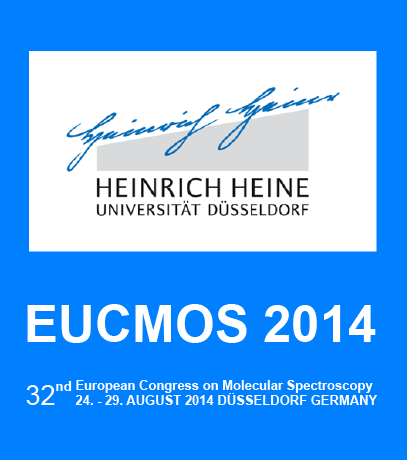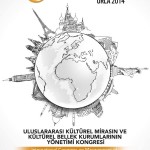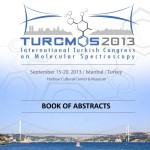APPLICATIONS OF VIBRATIONAL SPECTROSCOPY IN CULTURAL HERITAGE, A CASE STUDY: VALENCE AQUEDUCT (ISTANBUL)
KUZUCUOĞLU, Alpaslan & UNSALAN, Ozan (2014). Applications of Vibrational Spectroscopy in Cultural Heritage, A Case Study: Valence Aqueduct (İstanbul), 32nd European Congress on Molecular Spectroscopy (EUCMOS 2014), 24-29 Ağustos, 2014 Düsseldorf Almanya.
http://www.eucmos2014.hhu.de/book-of-abstracts.html
ABSTRACT
This study involves Raman spectroscopic (250‐1400 cm‐1), SEM‐EDX and Geographical Information System studies of the pollutants on the walls of Valence Aqueduct (Bozdoğan Kemeri), Istanbul, Turkey. Raman spectroscopy is a useful analytical method in characterization of painting materials and corrosion products. Especially, when it is not possible to take the samples from the place they exist, handheld Raman spectrometers play an important role to identify the materials in these samples. Furthermore, more information could be gathered when it is combined with SEM‐EDX studies. On the other hand, regarding the cultural heritage, it is crucial to determine precise coordinates of the historical peninsula and the samples which have been exposed to pollutants, by Geographical Information Systems in order to study them and take precautions for the future. Handheld Raman spectrometer (NanoRam by B&WTek) allows recording of acceptable and good quality spectra of a large majority of minerals outdoors. Raman spectra of minerals and pollutants in this study were obtained using 785 nm laser excitation source. Observed Raman bands are found at correct wavenumber positions within ±3 cm−1 compared to reference values in the literature. Taking into account the resolution of the spectrometer (10 cm‐1), the results are still reliable and applicable on such systems. Areas of potential applications of these instruments include all kind of common geoscience work outdoors.
Keywords: Valence Aqueduct, Air Pollution, Raman Spectroscopy, Information and Documentation Management, GIS (Geographical Information Systems)


